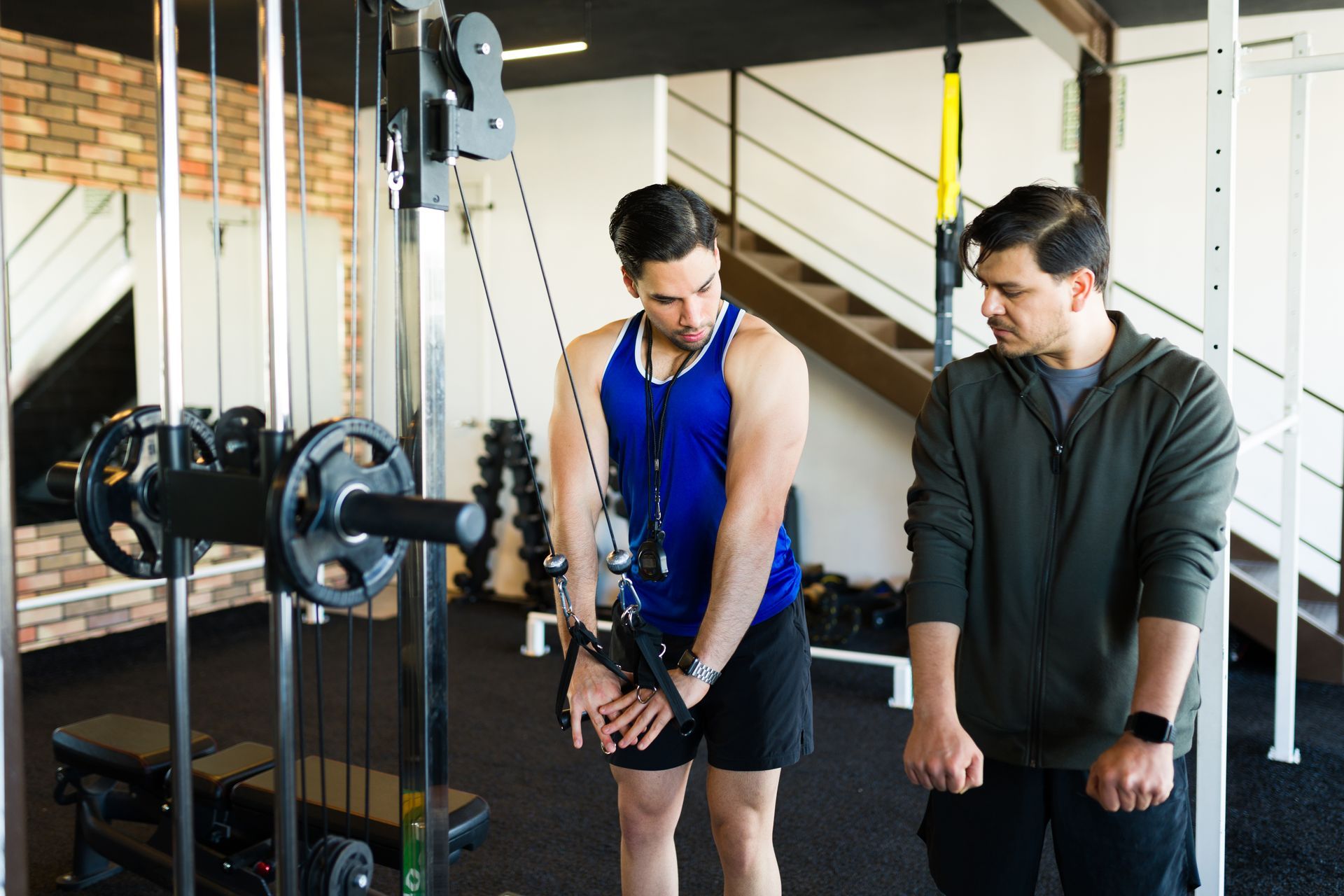August 28, 2023
The Fountain of Youth: Decoding the Science of Anti-Aging and Practical Strategies for Longevity
The Fountain of Youth: Decoding the Science of Anti-Aging and Practical Strategies for Longevity

The quest for eternal youth is a pursuit that has intrigued humans since time immemorial. With advances in the scientific understanding of biological aging processes, we are closer than ever to elucidating the mechanisms of aging and developing strategies to slow it down. The concept of anti-aging, previously relegated to the realms of science fiction and fantasy, is now a thriving field of research.
Aging is a complex biological process that occurs due to an accumulation of molecular and cellular damage over time, leading to a gradual decrease in physiological functions and increased vulnerability to diseases (1). The hallmarks of aging include genomic instability, telomere attrition, epigenetic alterations, and loss of proteostasis, among others (2).
While aging is inevitable, recent scientific advancements have begun to uncover ways to potentially slow the aging process. The idea of anti-aging is not about attaining immortality but rather extending the health span—the disease-free and functional period of life.
One exciting avenue of anti-aging research involves studying organisms with exceptional lifespans, such as the naked mole-rat and the bowhead whale, to understand the mechanisms contributing to their longevity. For instance, naked mole-rats, despite their small size, can live up to 30 years, a lifespan nine times longer than expected (3). They exhibit superior DNA repair mechanisms and stable proteins, providing insights into potential anti-aging strategies (4).
Another significant development in anti-aging science involves the discovery of cellular senescence, where cells lose their capacity to divide but remain metabolically active, contributing to inflammation and aging (5). Strategies to eliminate these senescent cells—senolytics—are being studied for their potential to delay aging and extend health span (6).
Nutrition and lifestyle modifications are also being explored for their potential anti-aging effects. Caloric restriction, without malnutrition, has been consistently shown to extend lifespan in a variety of organisms, from yeast to primates (7). Mechanistically, it appears to reduce metabolic rate and oxidative stress, improving health and longevity. Similarly, regular physical exercise, good sleep, and a balanced diet rich in antioxidants are known to combat several aging mechanisms (8).
Recent studies have also focused on the role of telomeres, the protective caps on the ends of chromosomes that shorten as cells divide, in aging. Telomere length is associated with lifespan, and strategies to enhance the activity of telomerase, the enzyme that replenishes telomeres, are being considered as potential anti-aging therapies (9).
Furthermore, the role of the gut microbiota in aging has gained significant attention, with studies suggesting that a healthy gut microbiome can impact longevity by influencing immune function, inflammation, and metabolism (10).
While the science of anti-aging is promising, it is important to note that many proposed interventions require further rigorous testing for efficacy and safety. Aging is a complex process, and what works in a petri dish or a lab mouse might not necessarily translate to humans.
Looking towards the future, it is anticipated that advances in genomics, artificial intelligence, and personalized medicine will significantly propel anti-aging research. The dream of anti-aging is becoming more attainable, but we are not there yet. With continued scientific exploration and innovation, the goal of extending human health span may soon be within our grasp.
Despite the vast complexities and uncertainties of anti-aging research, there are tangible actions that you can implement today to improve your health and potentially extend your lifespan. These strategies align with what is currently known about the biology of aging and are validated by robust scientific research.
Firstly, maintain a healthy, balanced diet rich in fruits, vegetables, lean proteins, and healthy fats while limiting processed foods and sugars. Caloric restriction has shown potential in increasing longevity, but it doesn't mean you have to starve. Aim for a balanced and nutritious diet, keeping portions in check.
Secondly, engage in regular physical activity. Exercise boosts cardiovascular health, supports mental wellbeing, and has been shown to slow down cellular aging. It can range from light activities like walking or yoga to more intensive exercises such as running or weight training, depending on your ability and preference.
Thirdly, prioritize good sleep and stress management. Chronic stress and sleep deprivation can accelerate aging processes. Implement stress-reducing activities into your routine like mindfulness or meditation and aim for 7-9 hours of quality sleep per night.
Lastly, foster strong social connections and maintain a positive mental outlook. Studies have shown that people with strong social ties and a positive attitude tend to live longer, healthier lives.
References:
1. López-Otín, C., Blasco, M. A., Partridge, L., Serrano, M., & Kroemer, G. (2013). The hallmarks of aging. Cell, 153(6), 1194-1217.
2. Blackburn, E. H., Epel, E. S., & Lin, J. (2015). Human telomere biology: A contributory and interactive factor in aging, disease risks, and protection. Science, 350(6265), 1193-1198.
3. Buffenstein, R. (2008). Negligible senescence in the longest living rodent, the naked mole-rat: insights from a successfully aging species. Journal of comparative physiology B, 178(4), 439-445.
4. Pérez, V. I., Buffenstein, R., Masamsetti, V., Leonard, S., Salmon, A. B., Mele, J., ... & Chaudhuri, A. (2009). Protein stability and resistance to oxidative stress are determinants of longevity in the longest-living rodent, the naked mole-rat. Proceedings of the National Academy of Sciences, 106(9), 3059-3064.
5. Tchkonia, T., Zhu, Y., van Deursen, J., Campisi, J., & Kirkland, J. L. (2013). Cellular senescence and the senescent secretory phenotype: therapeutic opportunities. The Journal of clinical investigation, 123(3), 966-972.
6. Xu, M., Pirtskhalava, T., Farr, J. N., Weigand, B. M., Palmer, A. K., Weivoda, M. M., ... & Inman, C. L. (2018). Senolytics improve physical function and increase lifespan in old age. Nature medicine, 24(8), 1246-1256.
7. Fontana, L., Partridge, L., & Longo, V. D. (2010). Extending healthy life span—from yeast to humans. science, 328(5976), 321-326.
8. Radak, Z., Chung, H. Y., & Goto, S. (2008). Systemic adaptation to oxidative challenge induced by regular exercise. Free Radical Biology and Medicine, 44(2), 153-159.
9. Bernardes de Jesus, B., & Blasco, M. A. (2013). Telomerase at the intersection of cancer and aging. Trends in genetics, 29(9), 513-520.
10. Biagi, E., Franceschi, C., Rampelli, S., Severgnini, M., Ostan, R., Turroni, S., ... & Candela, M. (2016). Gut microbiota and extreme longevity. Current Biology, 26(11), 1480-1485.





